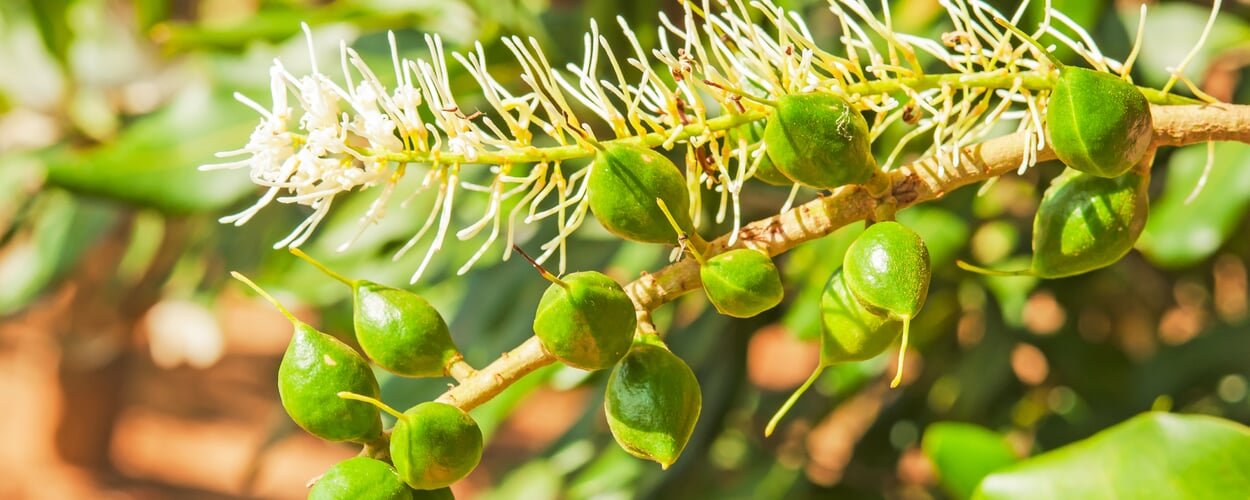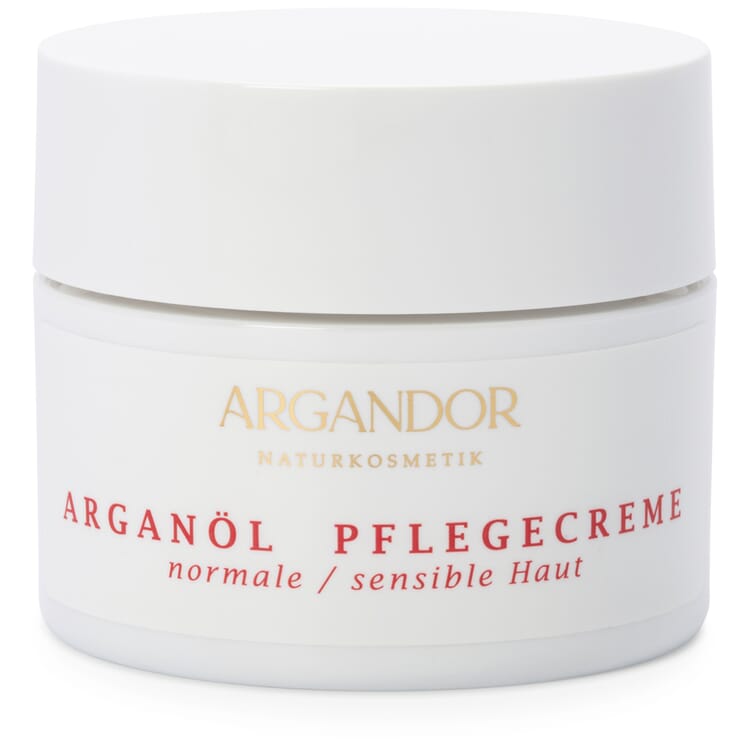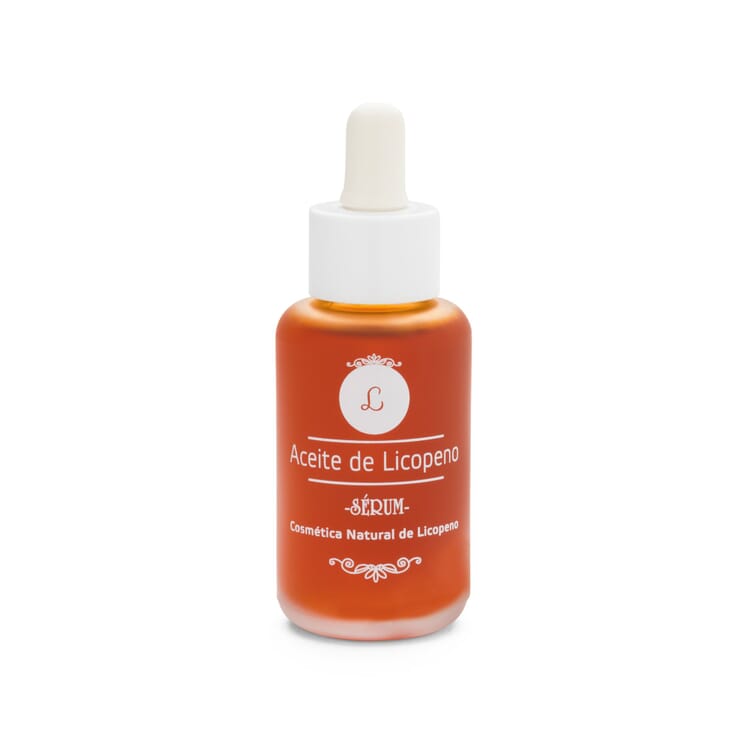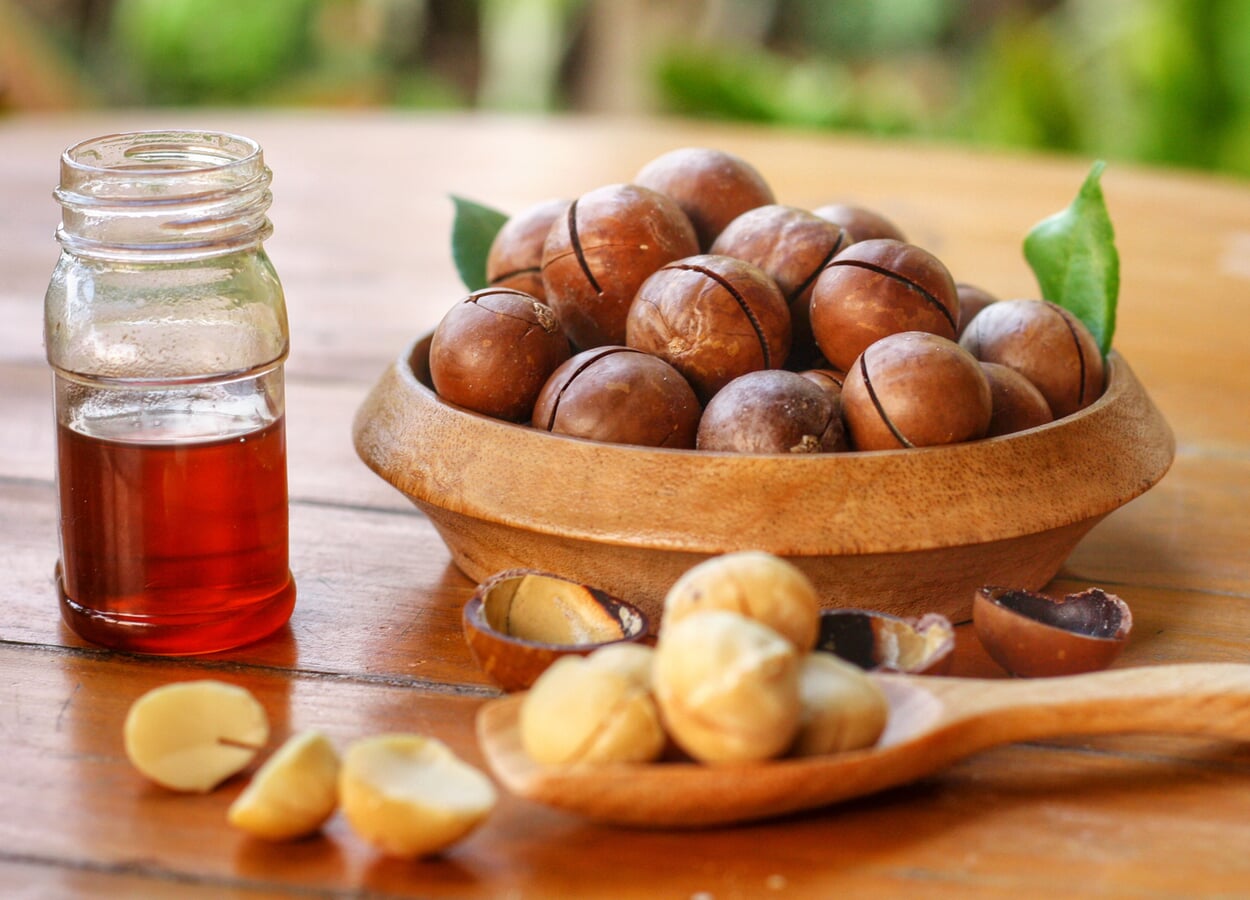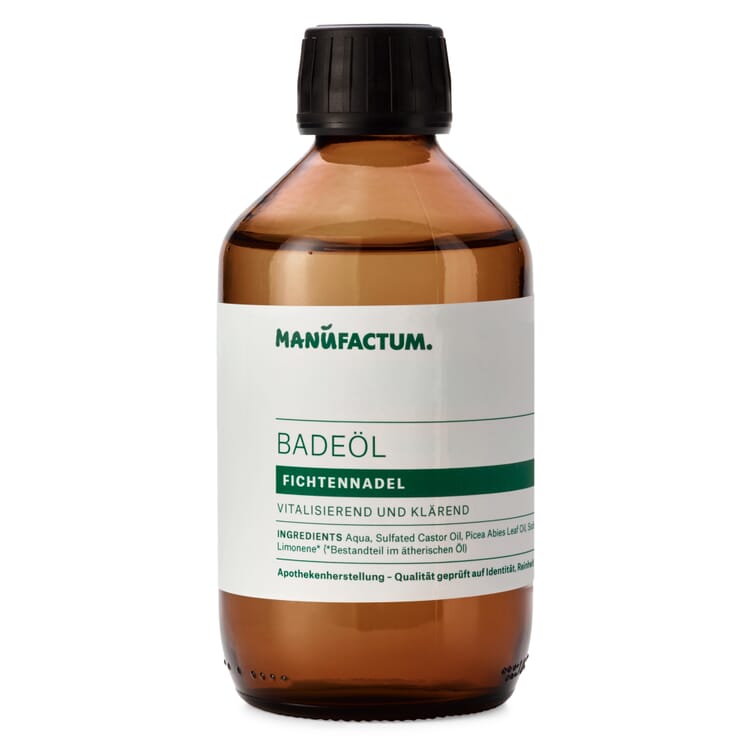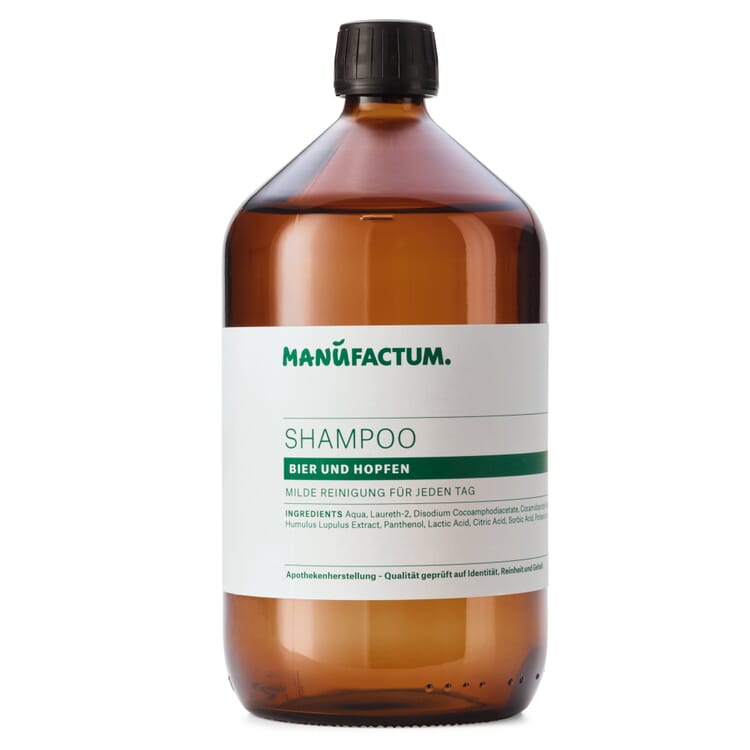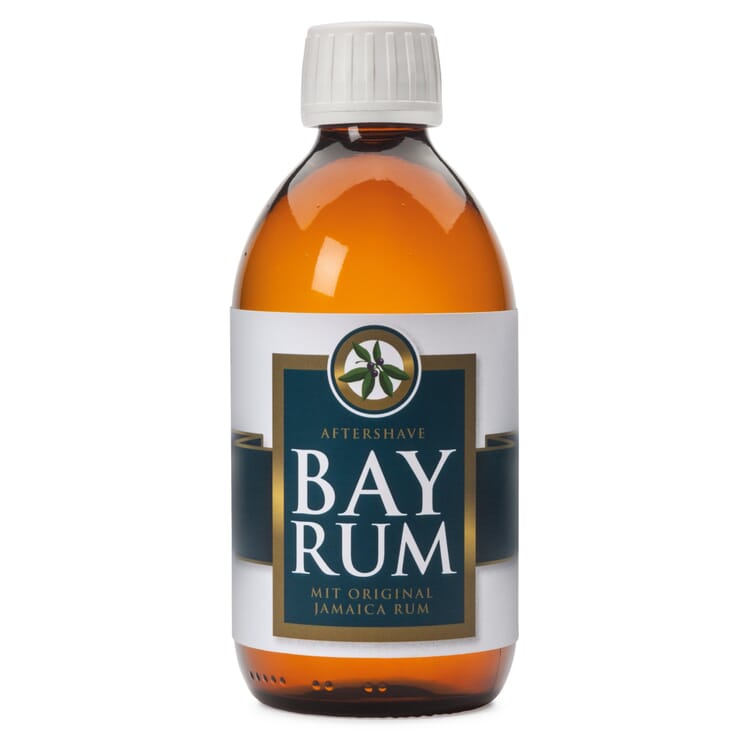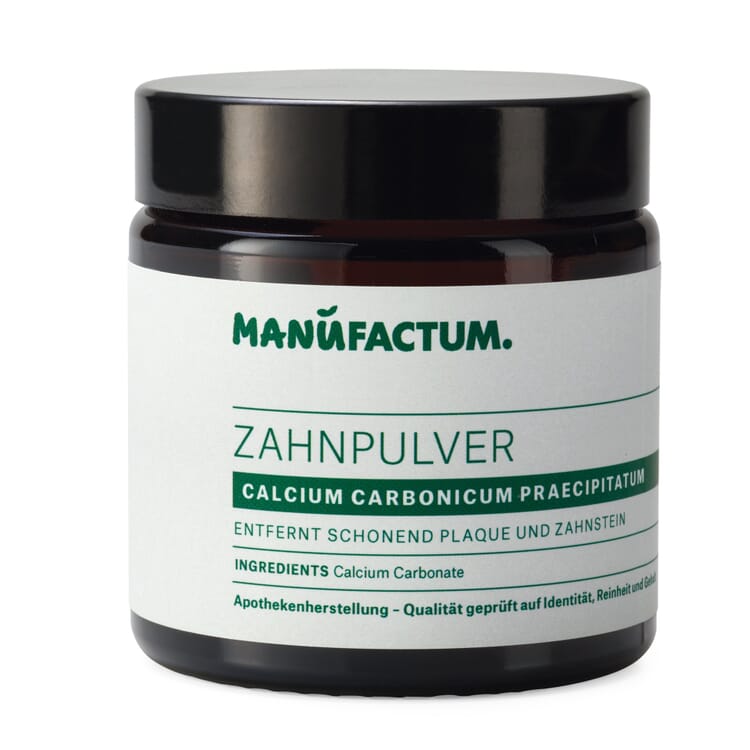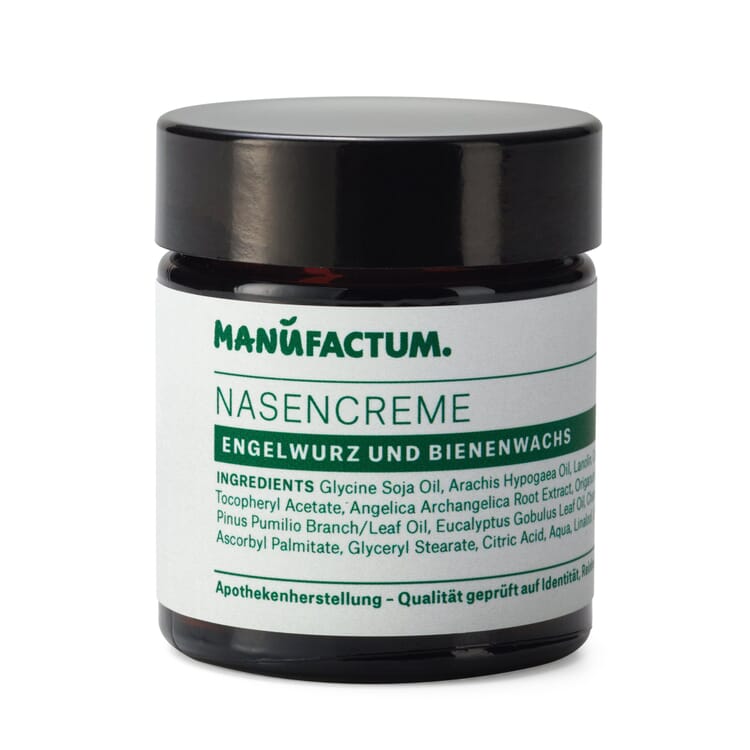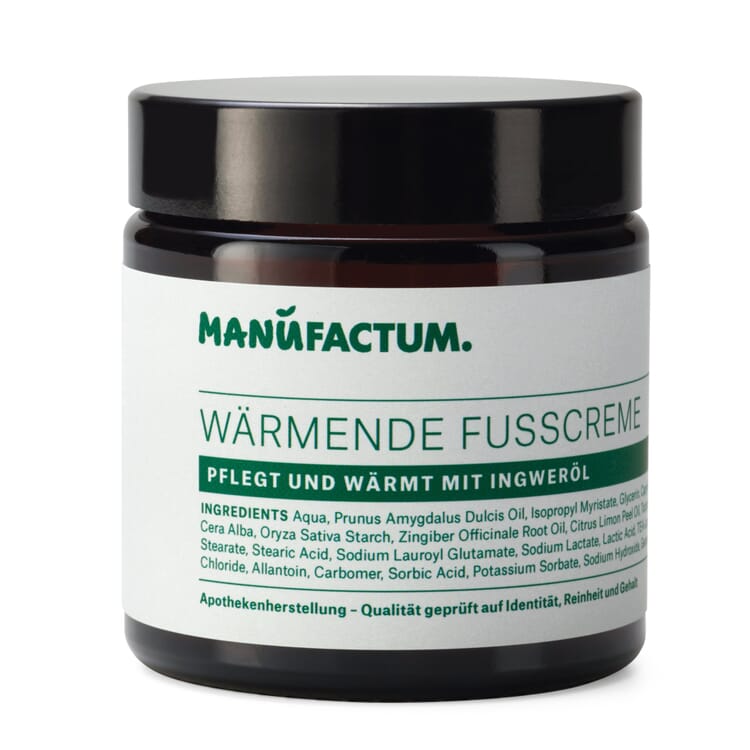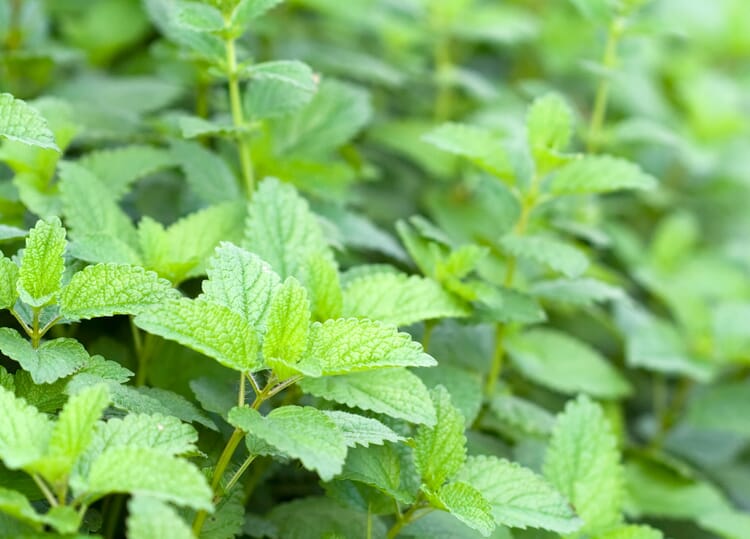Medicinal plants A|B|C
Macadamia (Macadamia spec.)
The plant genus was discovered in the 19th century by the then director of the Melbourne Botanic Garden on one of his many expeditions; he named it after his friend John McAdam. Macadamia trees grow up to 15 feet tall. About a dozen spherical, green fruits each ripen on pendulous flower panicles; when they burst open, the nuts fall to the ground. Macadamia nuts in the trade mostly come from the species M. integrifolia and M. tetraphylla and their crosses.
Origin and cultivation of the macadamia.
The "queen of nuts" originates from the rainforests of Australia and, along with the eucalyptus, is the only plant of commercial importance that comes from this part of the world. Today, macadamias are also grown in the subtropical and humid climates of Hawaii, New Zealand and South Africa, among others. By pressing the carefully dried nut kernel, an oil with a delicate nutty fragrance is obtained. But before one can get to the nut kernel, the extremely hard shell of the macadamia nuts must be overcome. Human strength is not enough; rotating steel cylinders usually do the cracking.
Ingredients.
With up to 78 percent oil, the macadamia nut is as rich in fat as otherwise only the pecan nut. Macadamia oil consists mainly of unsaturated fatty acids, one of which is palmitoleic acid. While its content in plants is almost always less than one percent, macadamia oil contains almost 20 percent of this extremely skin-friendly fatty acid. Palmitoleic acid ensures that macadamia oil spreads excellently and is absorbed particularly well into the skin. Overall, macadamia oil is very well tolerated, but due to the complex extraction process, it is expensive and is rarely used in its pure form.
Products with macadamia oil
Use of the macadamia oil.
- Macadamia oil cares for dry and sensitive skin. Massaged sparingly into the still damp skin after the bath or shower, macadamia oil is an excellent special care for mature skin.
- Brittle hair is cared for; the oil works best when massaged into the still damp hair. Those who tend to have greasy hair should only treat the hair tips with macadamia oil
- Macadamia oil has a slight keratolytic - i.e. cornea-removing - effect. It therefore also makes the stressed skin on feet and elbows supple.
The high fat content should not deter anyone from enjoying roasted macadamia nuts (in sensible quantities). The special composition of the fatty acids contained in macadamia oil ensures a reduction in cholesterol levels and thus prevents cardiovascular diseases.
Exclusive Manufactum body care products
Recommended Topics
Almonds grow in shrub or tree form and reach a height of three to eight meters. Their pink blossoms can appear as early as the end of January - but there must be no frost by then. In midsummer, the velvety-haired fruits ripen, their usually rock-hard kernel protecting the seed - the actual almond. It takes a lot of strength to get to the almond; only in the case of the so-called cracked almonds can the kernel be cracked relatively easily and the hammer can remain in the drawer.
View moreThe citrus-scented lemon balm shrub grows up to 80 centimeters high and 30 years old. Once the lemon balm has found a sunny, wind-protected spot in the garden, it reliably sprouts again and again and forms small white lipped flowers from June to August. Its name is well chosen, because Melissa is "honey bee" in Greek; in ancient times the plant was cultivated as a pasture for bees, and today's beekeepers prevent their bee colonies from swarming by rubbing the hive with lemon balm leaves.
View moreThe gnarled and with pointed thorns provided myrrh belongs to the balsam family and grows in shrub or tree form. It grows only a few meters high and is well adapted to the dry scrubland of its homeland: Its leaves are very small and appear just before the beginning of the rainy season, together with the pendulous flower panicles. The smooth and thin bark is cracked and flakes off in small shreds.
View more
